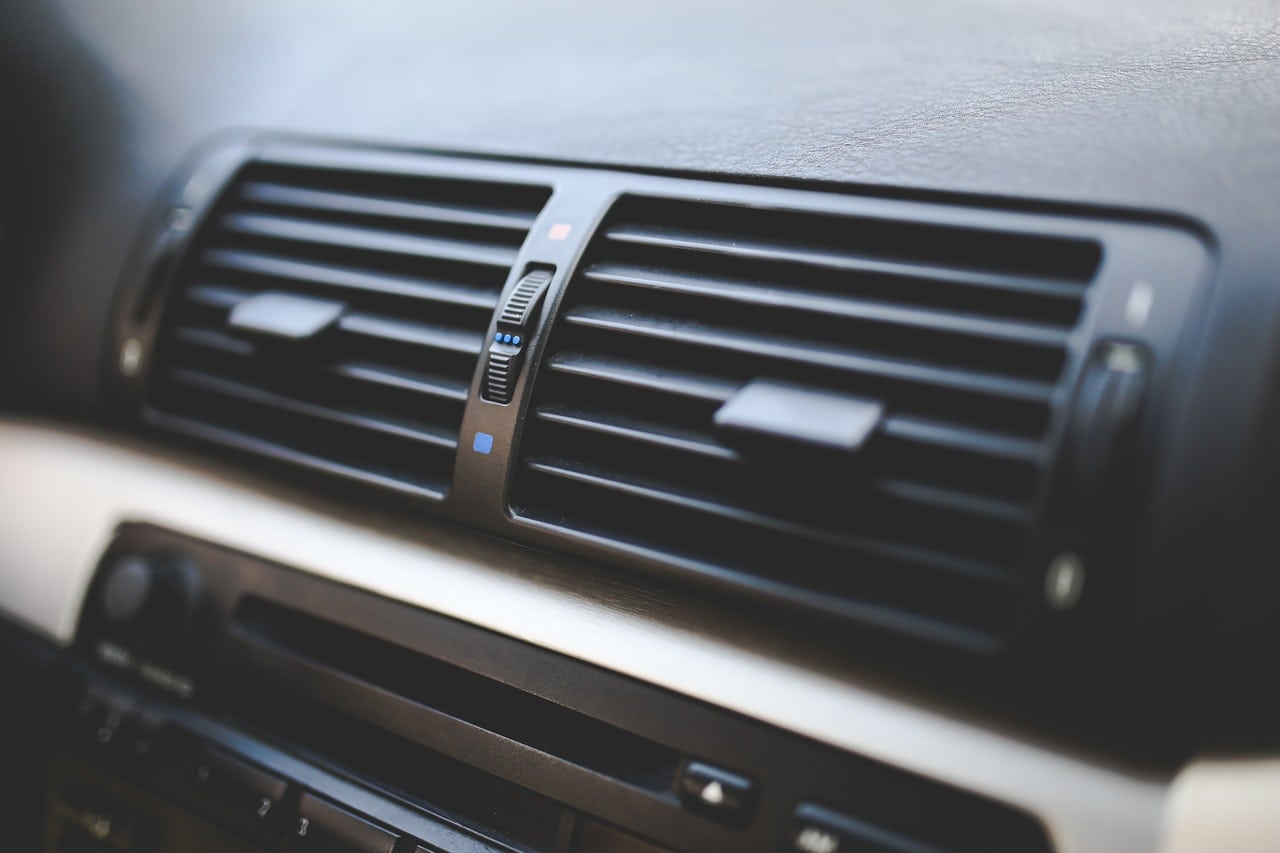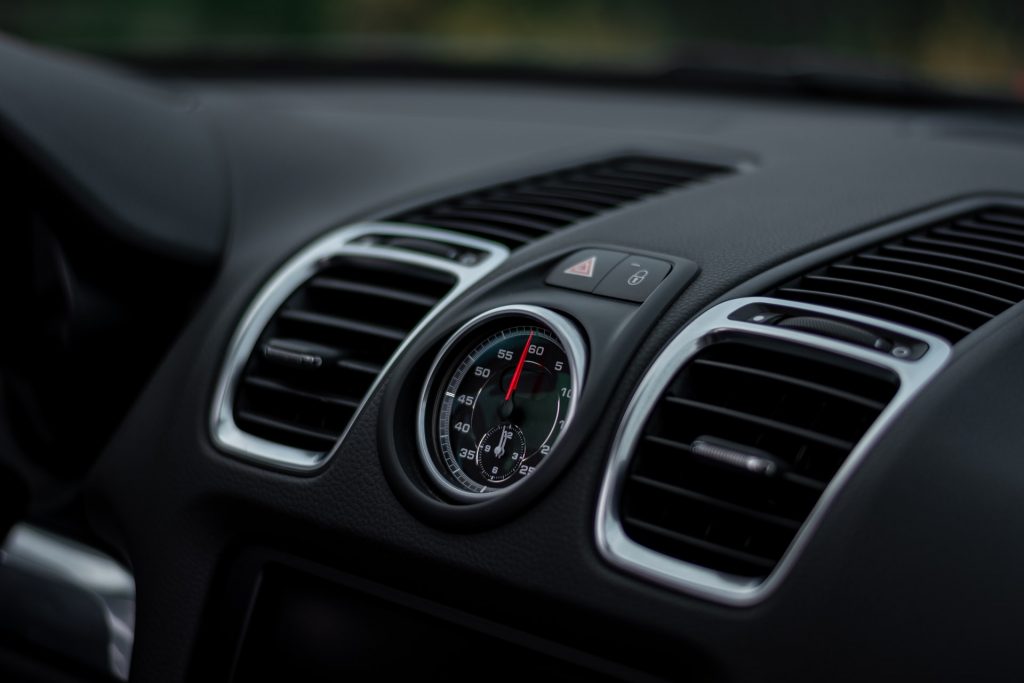
Well-functioning air conditioning is a standard in modern cars. However, it turns out that this undoubted convenience can be misused or even promote the fact that we are exposed to constant colds. What to do to avoid them? How to properly use air conditioning in your car?
Car air conditioning is invaluable when on a hot day, we set off on a long journey or stand in a city traffic jam. Its operation is based on the fact that as a result of gas expansion is created cooled air, which goes directly to the interior of the car.
The system works similarly to that in refrigerators. As you can guess – there are difficulties and health risks for people who use air conditioning. How to minimize them? It should be remembered that poor use of air conditioning contributes to its faster deterioration.
First of all, it is necessary to avoid basic mistakes that we commonly make. What are the most common?

As you can easily deduce from the mistakes listed above – proper use of car air conditioning starts long before you get in the car. Regular servicing, de-fumigation and maintenance of the system is very important and should not be neglected
It is a mistake to turn on the air conditioning just after starting the vehicle. This puts a great strain on the system and promotes stress on the compressor and high fuel consumption. A much better solution is to drive a certain distance, even if it is a few hundred meters, with the windows open. This will equalize the temperature. After closing the windows and roof, you can turn on the air conditioning, which will have to do less work. Also our body will be less stressed by sudden changes in temperature
It is discouraged to use the maximum cooling in the car. The point is that the compressor in the car is not designed for continuous operation and will wear out very quickly in such a situation. When cooling the interior of the car slowly, the optimal solution is to do it until the temperature reaches 21 degrees Celsius. In a situation where it is very hot outside the window, the interior can successfully maintain slightly higher temperatures. Before we leave the car, it is also worth gradually increasing the temperature inside. This will protect us from drastic changes in temperature, which are most conducive to colds
Before setting the air vents properly, you need to take care of their de-fumigation, which was already mentioned earlier. How should not the air vents be directed? They should not be pointed directly at someone’s body. It’s not just the face or torso, but also the arms and legs. This can promote bothersome inflammation. Instead, a stream of cool air is directed towards the windows or headliner. This way they do their job just as well, without creating a health hazard for the vehicle’s occupants. So it’s worth eliminating habits that have no clear benefit, but are a danger to ourselves
Photo: Kaboompics .com/Pexels